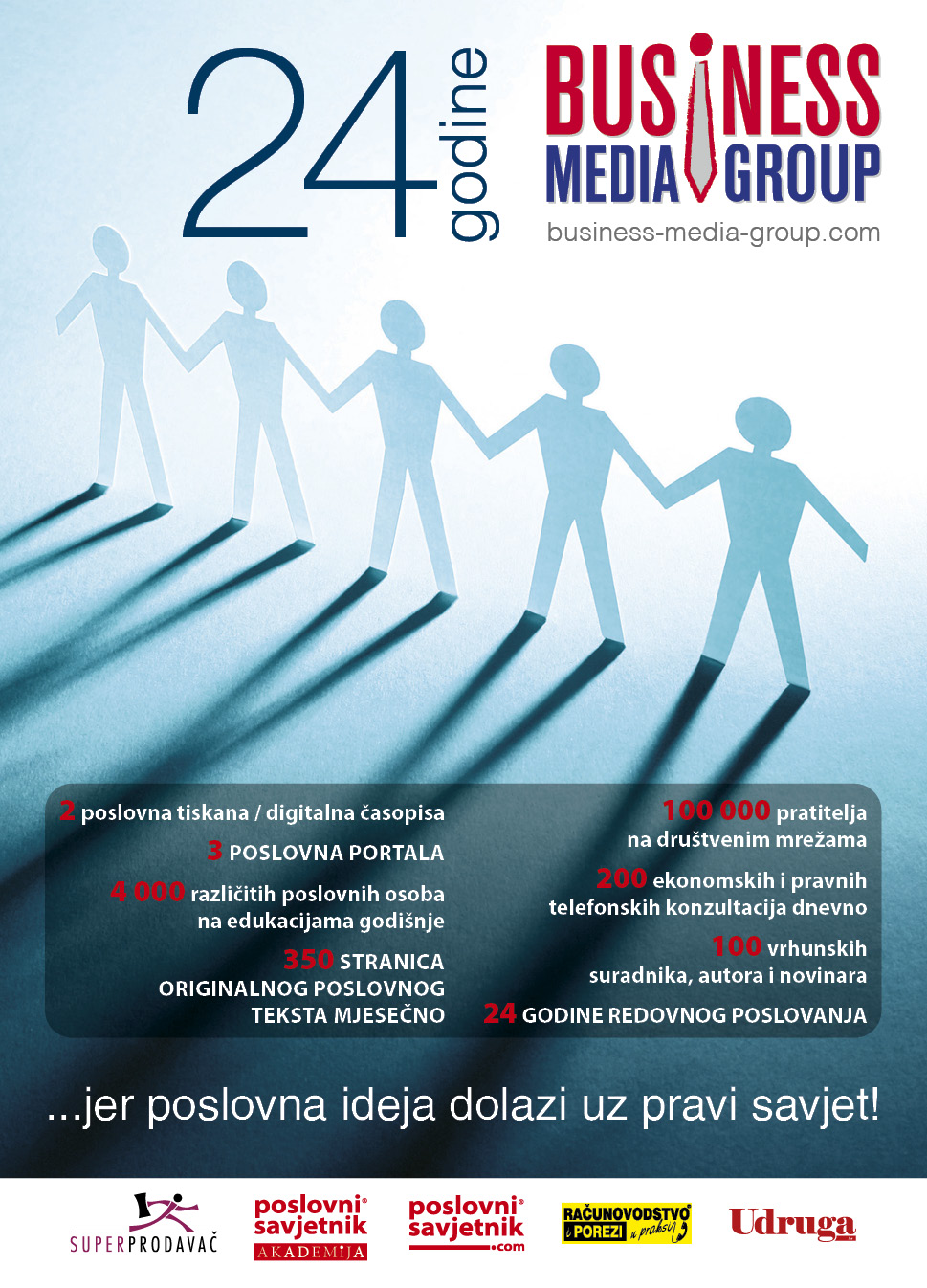
Organisational Change is Cultural Change, HOW to do it?
In this column I will present you A - the struggle of many managers with organisational change in today’s fast developing markets. B - a summary of interviews with global top-CEO’s how they successfully changed their organisation culture. C - a practical check-list that helps you to see how ready your company is for change.
A - Our Current Organizational Theory is over 250 Years Old
Physicists like Newton gave the world scientific laws which engineers, architects and entrepreneurs applied to new products to begin creating a world of machines.
These new products required large workforces and different organisational skills to create them.
The factories that emerged were designed to use the same principles that designed the machines, so companies became a product of different parts, like departments, sections or the job descriptions that organise individual tasks.
The theory was: if every part works correct then the machine would work correct.
Traditional Companies
Fifty years ago, factories could produce the same product for decades without a need to change, but our interconnected world has accelerated the speed of change and therefore the need for companies to adjust. Traditional companies are designed to produce the same results every time, just like a machine. They are not designed to be adaptable or flexible.
Leaders always need to assess their strategy and the fitness of the structure: is it still actual and relevant in today’s marketplace? Organizational Structure always follows the Strategy and determines whether or not an organization is successful in achieving its goals and results.
The structure is interwoven with the organizational Culture as you can see in this figure:

If structure and culture are not aligned, you will not achieve maximum results. Dr. Terry Jackson provides 10 Drawbacks to Traditional Organizational Culture
Slow to react to external/internal changes as systems are designed for stability.
Too many structural layers slow down and reduce effective communication.
Authority is maintained central and reduces the effectiveness of front-line staff.
Problems take too long to solve and keep recurring, a waste of time and resources.
Goals are often in conflict (e.g.: finance wants to save – department’s need to spend).
Structures and systems create problems by dividing employees and hinder teamwork.
Most people are excluded from the thinking processes and decision-making which limits the potential to change and adapt quick and effectively.
People are not involved or included in the purpose of the organization and feel apart from it rather than being a part of it
Failure is a bigger management focus than success.
The organization does not perform as well as it should or could.
Just a few ‘dilemmas of leadership’
You are supposed to listen and motivate but also to listen
You have to decide and also to delegate
You have to be professionally detached yet passionate about the mission of your company
You have to be a role-model and rewarder of achievement while not eliciting the potential of others who still have to achieve
You must encourage participation and cooperation but not forget to be a decisive leader
When building an organization, leaders must ensure that the structure is adaptable and flexible.
By anticipating changes in the economy, trends in markets, products and services, an organisation can develop a structure and culture that makes your company ready for the future.
B - ’21 Leaders for the 21st Century’
Every year hundreds of new business books are published and there are always ‘best sellers’.
I like to re-read such top-books after a few years to see how sustainable their models, views and theories turned out in practice.
Recently I read again ’21 Leaders for the 21st Century’ by Trompenaars and Hampden-Turner (2001).
And my conclusion is that this book is more actual and applicable than ever for organisations that need to change their organisational structure and, especially their culture.
For their book 21 top-CEO’s were interviewed about the dilemmas they faced with their company. Among them e.g. Richard Branson of Virgin; CEO’s of Lego, Club Med and Bang&Olufsen who faced bankruptcy at that time; CEO’s of Acer, Dell and Applied Materials who faced increasing competition in the electronics/computer sector. CEO’s of Banking and Insurance sector, Personal Service and others were interviewed. The book gives a deep insight in HOW these CEO’s solved their dilemmas.
What did they do? What was specific about their Leadership Style?
In short, all these CEO’s had three core key-points to lead their company, their people and knowledge and they applied this very strictly:
They Recognise cultural differences
Culture is like an onion, it consists of layers that can be peeled off. The outer layer is what most people usually see as culture: behaviour, clothes, food, language, human relations policy etc.
The middle layer is about the norms and values of the organisation: ‘what is right or wrong?’ (Norms) and ‘what is bad or good?’ (Values)
The deeper or inner layer is the unquestioned implicit culture. It consists of basic, personal assumptions and beliefs, as well as many series of routines and methods an individual developed to deal with a person’s regular problems. Like breathing, we never think about why or how we deal with them, we just do it.
Understanding the core of the ‘cultural onion’ is the key to lead people and different cultures, and to create cooperation in your company. Discussion never solves these differences because discussion is mostly about content and not about deeper values and beliefs.
They Respect cultural differences
Different cultural orientations and views about ‘where I am coming from?’ are not right or wrong, they are just different. It is way too easy to judge and distrust people who give a different meaning to their world than you give to your world.
It is crucial to Respect these differences and to accept each other’s different views.
In Cultural theory these differences are called dilemmas.
They apply Reconciliation
Wealth in organisations is created by reconciling values, by unifying differences. These leaders created an organisational culture in which effective interaction with those who have contrasting value systems is possible and collaboration and teamwork will flourish. Successful leaders rarely give orders; rather they create a culture in their company of reconciled values. It delivers benefits and business results.
The reason Leaders must reconcile values is that organisations have reached such levels of complexity that ‘just giving orders’ does not work anymore. What increasingly happens in organisations is that leaders ‘manage culture’ by fine-tuning values and dilemmas.
The leader defines Excellence and develops an appropriate culture, then, applying that culture does the excelling.
The characteristics of a good leader are many and elusive.
However, one major reason a leader must know him/her-self is that you have to choose people to work with you who will complement you.
We all have weaknesses, but unless a leader recognises his or hers, the team surrounding the leader will fail to compensate your weaknesses.
C - Is your organisation ready for change? A checklist
How does your organization know if the current organisational structure is optimal for today’s economy and market? Successful implementation of any major organisational change depends to a large extent on the ‘readiness’ level of the employees. ‘Readiness’ is the degree to which employees are predisposed to support, ignore or resist change.
This checklist will help you determine your employees ‘readiness’ by analysing your perceptions of them.
The 11 questions should be scored on a scale where: 0= very low, 5= high.
1- Employees feel valued and hopeful about the future of their organisation.
It is important to honour contributions of employees to pass successes; building a platform for the future based on strengths.
0 -------------------1-------------------------2---------------------3--------------------------4----------------------------5
Do not feel valued. Feel valued
Feel Hopeless Feel hopeful
2- Employees are involved in the planning.
For people it is ‘human nature’ to support what they helped create, so employees need to have a
key role in co-creating the change.
0 -------------------1-------------------------2---------------------3--------------------------4----------------------------5
Employees Employees
not involved are involved
3- The purpose of the change is clear.
Employees need a full understanding why change is implemented, if not anxiety and suspicion may fill the information vacuum.
0 -------------------1-------------------------2---------------------3--------------------------4----------------------------5
Purpose Purpose
is unclear is clear
4- Employees belief there is a need for change.
Even if they understand the rationale for change, they may not agree that a change is needed.
0 -------------------1-------------------------2---------------------3--------------------------4----------------------------5
No need Need
for change for change
5- There is good communication regarding the change.
Even if the change affects only a few people, communication can easily be distorted.
0 -------------------1-------------------------2---------------------3--------------------------4----------------------------5
Communication Communication
is not good is good
6- The ‘cost’ is not too high and the rewards are greater than the losses.
Will employees be motivated to change there must be a reward for accomplishment in the form of something they truly value, and it must compensate for any physical, intellectual or emotional price they perceive they will pay.
0 -------------------1-------------------------2---------------------3--------------------------4----------------------------5
Costs too high Costs are appropriate
Rewards too low Rewards outweigh losses
7- The compatibility of the change is perceived to be high.
Compatibility relates to how closely employees view the change aligning with existing organisational
values or with their own personal beliefs and values, especially values that employees feel as
fundamental or ‘sacred’.
0 -------------------1-------------------------2---------------------3--------------------------4----------------------------5
Low High
Compatibility compatibility
8- Credible people in the organisation are advocating the change and genuinely supporting it,
and there is respect and trust in the change agent.
0 -------------------1-------------------------2---------------------3--------------------------4----------------------------5
Credible people do Credible people do
not support. No trust. Support. High trust
9- Employees believe there will be adequate organisational support for the change.
If the change requires organisational resources (e.g. money, time, commitments by certain managers, new equipment, specialised training) employees may not see the value of changing. Also operating budgets can e overburdened with the cost of planning, purchasing and implementing the organisational change.
0 -------------------1-------------------------2---------------------3--------------------------4----------------------------5
Resources are Resources are
not available available
10- Key job characteristics that are being changed will have a positive impact on the employee.
Employees will be more accepting the change if they perceive that it will increase their autonomy and the value the organisation places on their job. Resistance is increased if employees believe the change will block or restrict the achievement of their own personal ambitins, negatively impact their social relations, or involve a significant challenge that is likely to go un-rewarded.
0 -------------------1-------------------------2---------------------3--------------------------4----------------------------5
Negative impact on Positive impact on
job characteristics job characteristics
11- Employees have been through well-executed changes in the past, and are confident in their
capacity to implement the change.
Change involves learning and learning usually involves mistakes. When people are not given the
freedom to make mistakes while learning, they become afraid and easily discouraged. Employees
must perceive that they already possess the skills and knowledge required for implementing the
change, or that the necessary training will be provided by the organisation.
0 -------------------1-------------------------2---------------------3--------------------------4----------------------------5
Not confident Confident
Before starting your change project it is highly advisable to work on, and to improve, the factors that score (very) low in this checklist.
Some questions to conclude:
Do you recognise the importance of constant Change?
Are you ready for Change?
Are your people ready for Change?
Is your Leadership Style stimulating Change?
Do your employees see Change as a challenge and as fun?
Does this column provide you with practical insights?
Do you have any suggestions from your experience to improve this approach?
John Lodder MA, MSc.
www.balance-consultancy.com
























